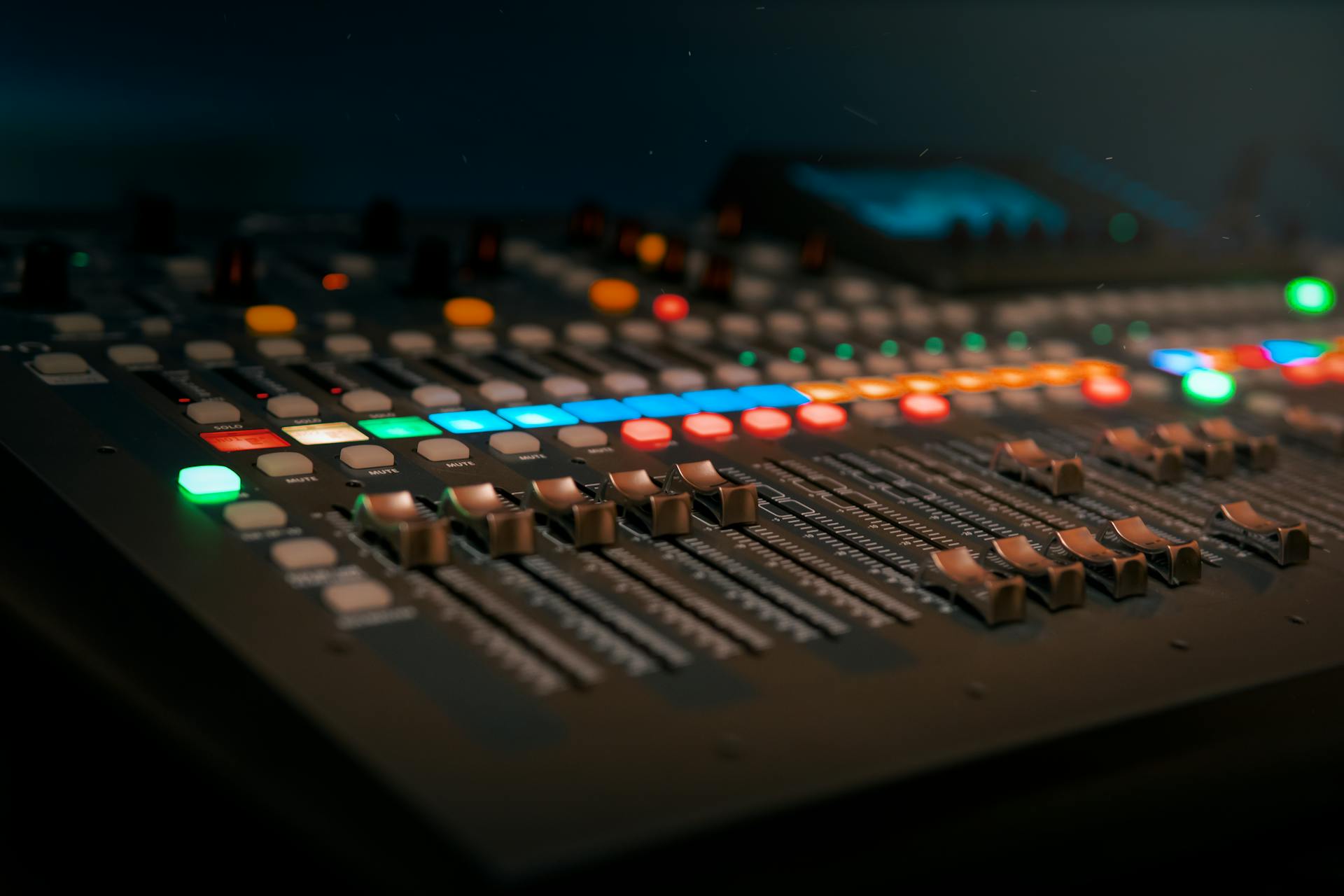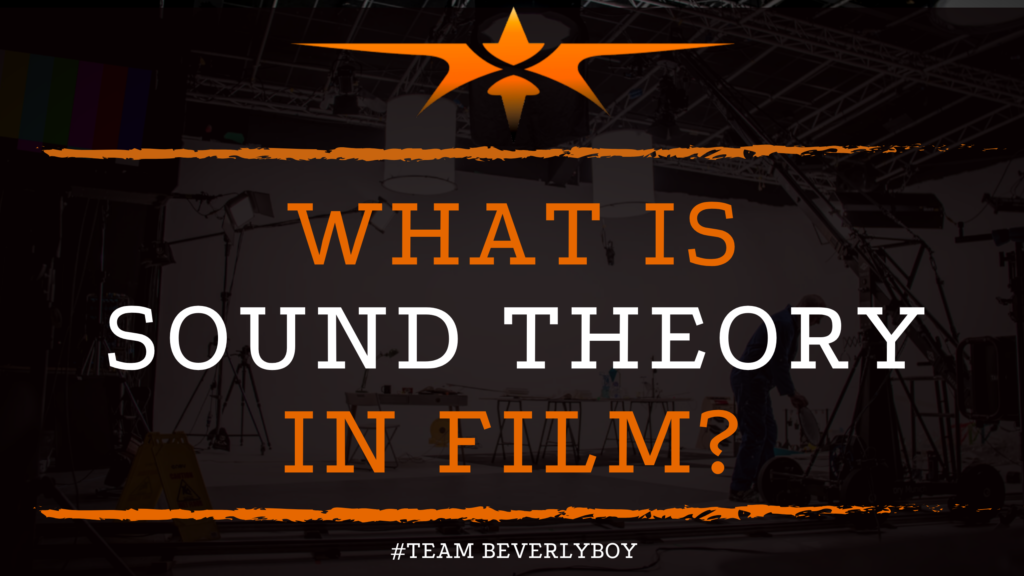What is Sound Theory in Film?
Frequently referred to as sound design. The study of sound in film and how various forms of sound. Including sound effects, dialogue, narration, and other audio impact the audience’s emotions. And provoke specific outcomes in film design is an important topic for aspiring cinematographers to understand. Film sound theory is commonly studied as part of understanding filmmaking and how films impact audiences. But what is sound theory in film? And how does sound design impact storytelling?

What is Sound Theory in Film?
Sound theory is commonly represented by the study of film sound and the impact that various forms of audible sounds have on the audience.
Studying sound theory in film or the sound design of a film can bring about a deeper understanding of how music, dialogue, sound effects, soundtracks, ambient sounds and background noise can impact the film.
As well as how these sounds are used to enhance the cinematic experience that the film produces.
In studying sound theory in film, we approach several types of sound that are common to film production. Filmmakers use different forms of sound to create the desired experience for the audience.
Common forms of sound that are to be analyzed in film sound design include:
- Music or film score.
- Dialogue or narration including voice-over narration.
- Film sound effects including foley.
- Ambient noises or background noises.
Sound Sources in Film
Sound theory also represents the study of various sound sources in filmmaking and what they mean for the audience. Throughout the creation of a film’s soundtrack and associated audio files.
The filmmakers recognize that sound must be apparent to have emanated from one of various sources.
Thus, when someone asks, “What is sound theory in film?” an important aspect of the focus in answering this question should focus on the study of sound sources in film.
Filmmakers use sound in various ways to effectively make it appear as if coming from one of various sources.
In fact, when studying sound theory, there is an important focus on the following sound sources:
- Diegetic sound – the sound that characters on the screen can hear.
- Non-diegetic sound – sound that the audience hears, but characters on the screen cannot hear.
- Non-simultaneous Sound – sound that takes place earlier in the film than what is shown on the screen.
- Direct sound – all of the sounds that are recorded during the shoot including character dialogue as well as background noises.
- Synchronous sound – sound that matches the action or movements that are visible on the screen.
- Post Synchronization dubbing – sound added to a scene after it was filmed.
- Offscreen sound – sound that is assumed to be connected to the scene, but which is taking place offscreen.
Summary
In addition to the study of various types of sound and sound sources, film sound theory also focuses on the use of various forms of sound editing to achieve the desired outcomes. So, what is sound theory in film?
It’s the study of various types, sources, editing. And uses of sounds in the filmmaking process and the impact that all of these techniques and strategies have on the film’s audience as well as on the underlying storytelling of the film.

